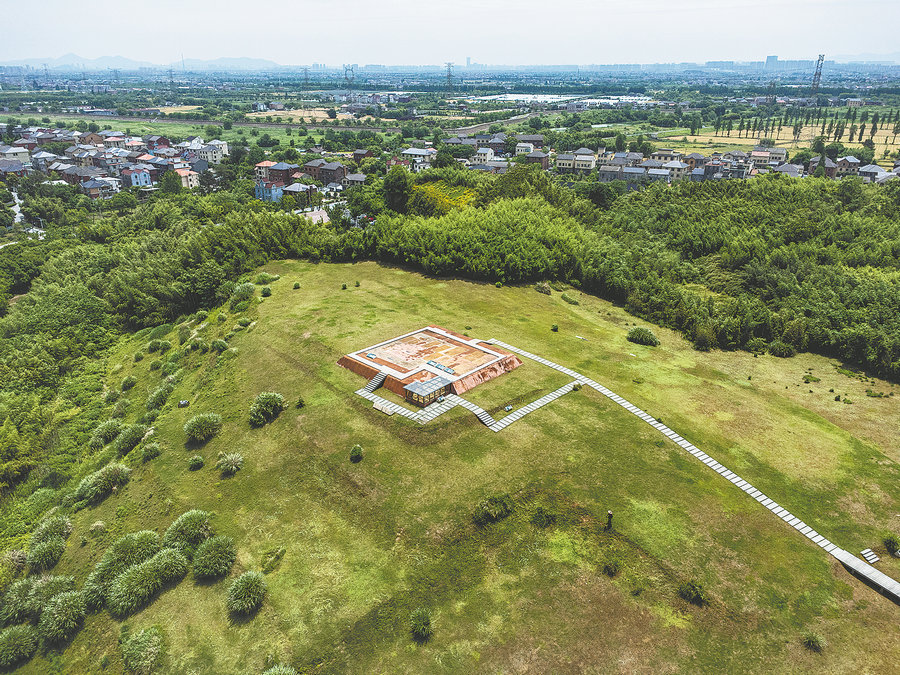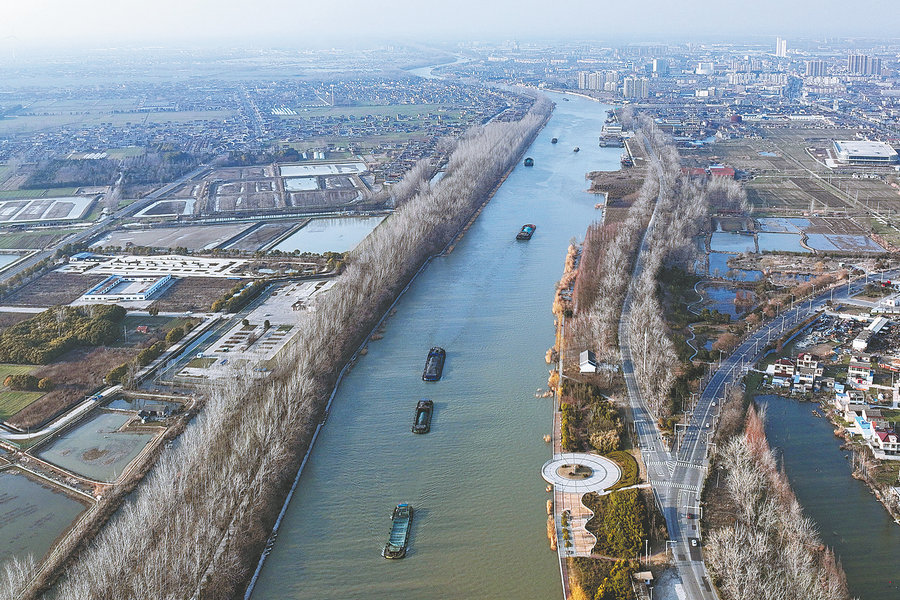Ancient sites link with future
It's an oft-repeated phrase that "China has a 5,000-year-old civilization". Thanks to a myriad of heritage sites, which still remain standing above ground across the country, psychological bonds may emerge connecting modern visitors' minds and the distant past.
Through communication and integration, cultures appeared, evolved and merged. Time takes a toll on the appearances of these monuments, but it has not wiped out the clear, uninterrupted lineage of the Chinese civilization that has created them.
China now has 56 entries on the UNESCO World Heritage Site list. President Xi Jinping has visited various sites or offered key guidance on the protection of the nation's historical legacies on various occasions in recent years.
Saturday will be China's annual Cultural and Natural Heritage Day. On this special occasion, let's take a look at some of the nation's heritage highlights.
Archaeological Ruins of Liangzhu City

Archaeological Ruins of Liangzhu City. [Photo provided to China Daily]
Dating back 5,300 to 4,300 years, this 3-square-kilometer site in Hangzhou, Zhejiang province, is famed for its exquisite jade artifacts and magnificent water conservancy system. It is the legacy of a regional state, theocracy and rice-growing culture, and is hailed as a key stage in early Chinese civilization.
In 2016, remarking on Liangzhu seeking World Heritage Site status, Xi urged that the protection of such ancient ruins be strengthened and systematic archaeological excavations be conducted to deepen the understanding of the long history and precious values of Chinese civilization.
The Grand Canal

The Grand Canal. [Photo provided to China Daily]
Running from Beijing to Zhejiang province, the approximately 2,000-km-long waterway, whose oldest section dates to the 5th century BC, links five major river basins in China and in olden times acted as an artery to ensure the country's economic prosperity. This gigantic network was the world's largest and most extensive civil-engineering project before the Industrial Revolution, and is still used as a key channel of communication today.
Xi said on construction of a cultural belt along the canal in 2017 that the Grand Canal is a precious legacy and he urged the utmost protection and utilization of the waterway.

